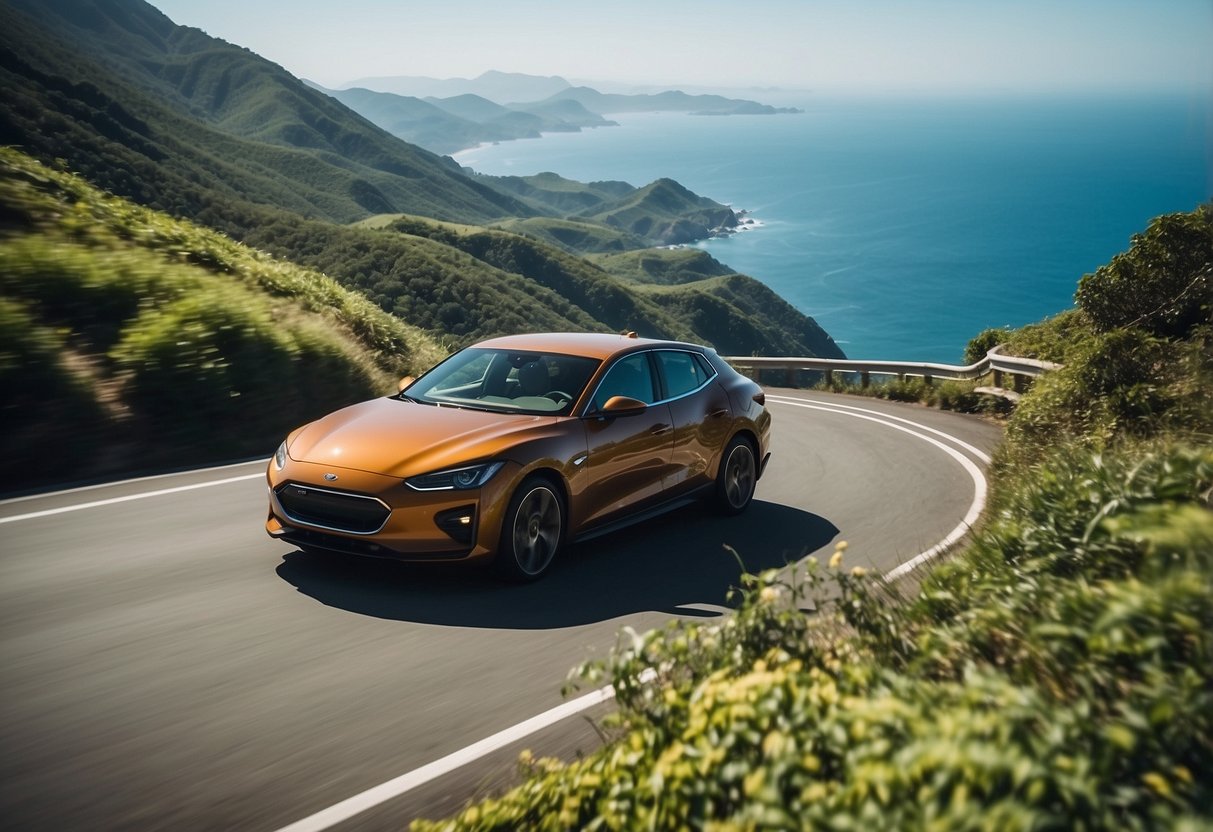Differences Between Wallbox and Other EV Chargers
As the EV market continues to expand, understanding the subtle distinctions in charging solutions is crucial for informed choices. This article examines the key differences between Wallbox chargers and other electric vehicle (EV) charging options available today.

Understanding the Differences Between Wallbox and Other EV Chargers
Electric vehicles (EVs) have gained popularity as environmentally friendly alternatives to traditional cars. With an increasing number of EVs on the road, the demand for efficient charging solutions has surged. Among these solutions, Wallbox has become a recognized name in home and public charging. In this article, we delve into the differences between Wallbox chargers and other types of EV chargers, helping you make a well-informed choice.
1. Charging Speed
One of the primary differences between Wallbox and other EV chargers is charging speed. Wallbox offers various models that support different power outputs. For instance, Wallbox's Pulsar Plus provides power up to 22 kW for three-phase installations. In comparison, many standard Level 2 chargers range from 7 to 11 kW. This allows Wallbox to potentially reduce charging time significantly, especially for those with larger batteries.
2. Smart Charging Capabilities
Smart capabilities are another distinguishing factor. Wallbox chargers come equipped with advanced technology that allows users to control their charging sessions through a smartphone app. Users can schedule charging, monitor energy consumption, and even integrate solar energy sources. Many traditional EV chargers do not have such features, making Wallbox a leading option for those looking to optimize their charging experience.
3. Versatility of Installation
Wallbox chargers are designed for both home and public installations, and they can be mounted on a wall or pedestals, enhancingVersatility of Installation. Their compact design allows for seamless integration into various environments, including residential garages and commercial parking lots. In contrast, many other EV chargers may only be compatible with specific setups, limiting their installation options.
4. User Interface and Experience
The user interface of charging stations varies widely. Wallbox chargers feature an intuitive interface that enhances usability. The LED indicator provides real-time information about the charging process, and the mobile app allows remote management. Other EV chargers may lack such user-centric features, leading to a less informed charging experience.
5. Cable Management
Cable management is another area where Wallbox differentiates itself. Several Wallbox models come with a built-in cable management system to keep cables tidy and easily accessible. This is particularly beneficial in home charging scenarios where space may be limited. Other chargers may not provide such features, leading to safety hazards and a more cluttered environment.
6. Energy Management Solutions
Energy management solutions are becoming increasingly important as more homeowners integrate renewable energy systems. Wallbox offers solutions that can manage energy flow effectively, optimizing consumption and even allowing bi-directional charging. This feature enables users to use their EV as a backup battery, which many traditional chargers don’t offer, making Wallbox a more future-proof solution.
7. Price and Value Proposition
The cost associated with Wallbox units may be higher initially than some basic EV chargers. However, when considering the long-term benefits—like reduced charging times, smart capabilities, and energy management—Wallbox can provide a greater return on investment. Many basic chargers do not provide the same level of sophistication, which could lead to higher energy costs over time.
8. Compatibility with EV Models
While most EV chargers are built to be compatible with a wide range of electric vehicles, Wallbox has made strides in enhancing its compatibility across different EV models. Certain chargers from competing brands may not work well with all types of EVs, leading to frustration and compatibility issues for some users.
9. Warranty and Support
Wallbox also stands out when it comes to warranty and customer support. Many Wallbox models come with extended warranties and robust customer support options, which can provide peace of mind for buyers. In contrast, some other manufacturers might offer shorter warranties or insufficient support, leading to customer dissatisfaction.
10. Design and Aesthetics
Another difference to consider is design. Wallbox chargers are crafted with a modern aesthetic that appeals to many homeowners. The emphasis on design can be a crucial factor, as many homeowners prefer a charging unit that complements their existing garage space or outdoor environment. Other EV chargers might not prioritize aesthetics in the same way, leading to a more industrial and less appealing look.
Conclusion
When evaluating EV chargers, understanding the differences between Wallbox and other options can significantly impact your experience and satisfaction. From superior charging speeds to smart features and enhanced user experiences, Wallbox provides a comprehensive solution that stands out in the crowded EV charging market. Whether you prioritize speed, aesthetics, or smart technology, Wallbox chargers offer a compelling choice for both residential and commercial applications.
New posts

How Cities Are Adapting to Electric Vehicle Charging: Innovations and Strategies
Sustainability

Emerging Trends in Electric Vehicle Charging Standards: What to Watch for in 2024
Sustainability

The Future is Bright: EV Charging and Home Solar Panel Integration Explained
Home Improvement







Popular posts

How to Reset Your EV Charger: A Comprehensive Guide
Home Improvement
DIY Guide to Installing a Wallbox: A Step-by-Step Approach
DIY

Exploring the Latest EV Charging Station Design Trends
Technology Trends

Future Trends in Public EV Charging: What to Expect in the Coming Years
Sustainability

Insights from the Frontline: Interviews with EV Charging Industry Experts
Interviews

Understanding the Difference Between AC and DC Chargers: Key Insights
Energy Efficiency

EV Charger Firmware Updates: What You Need to Know
Firmware-Updates

The Future of EV Charging Stations and Smart Grid Integration: Transforming Energy Management
Sustainability

Breakthroughs in Wireless EV Charging: The Future of Electric Mobility
Innovation

EV Charging Myths vs Facts: Debunking Common Misconceptions
Sustainability